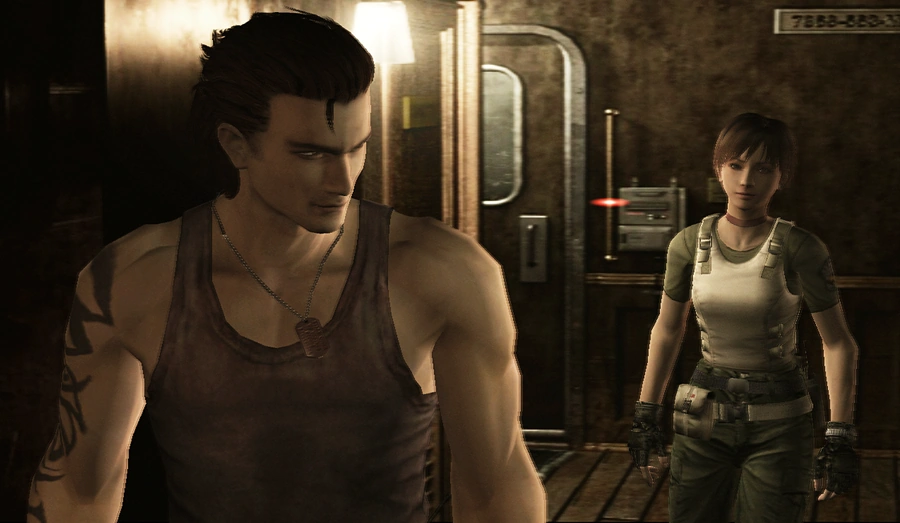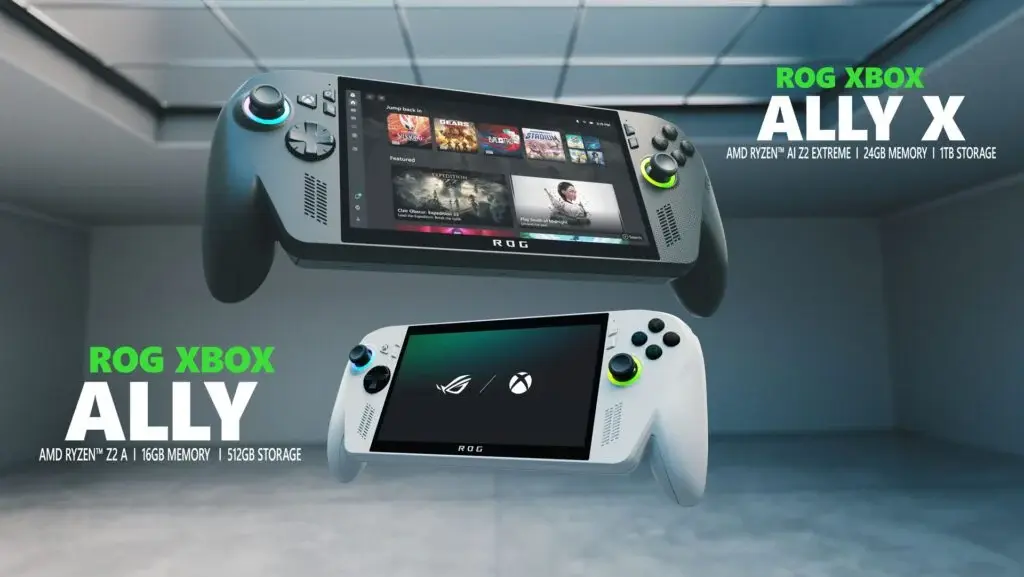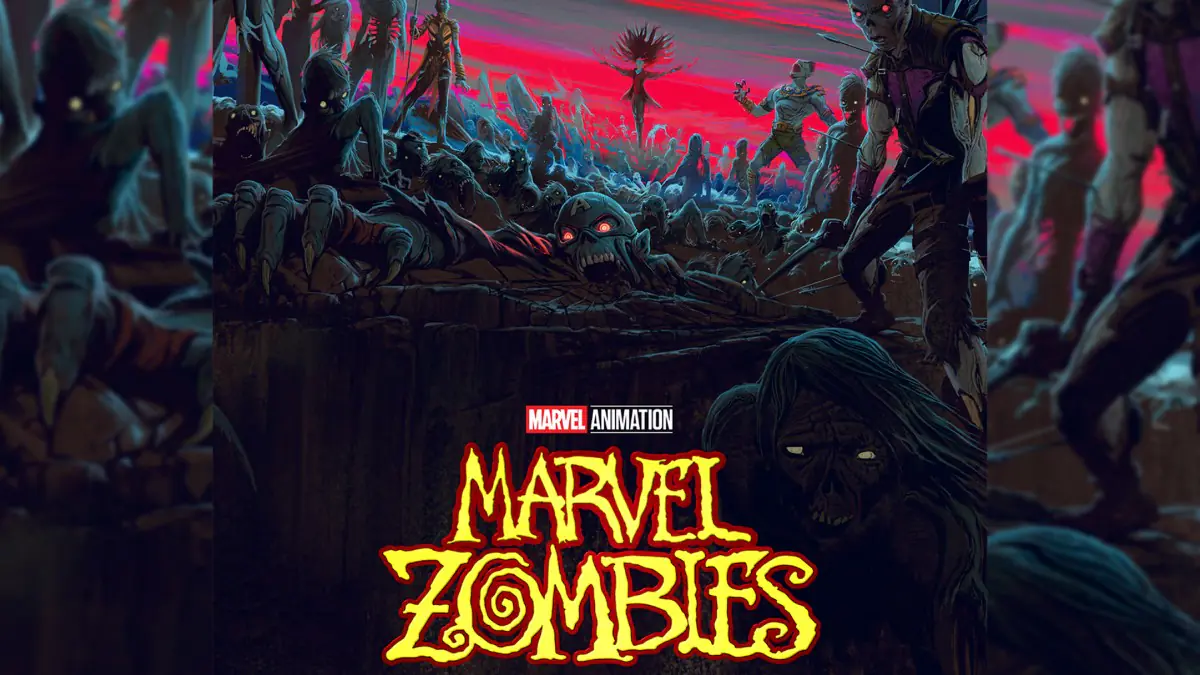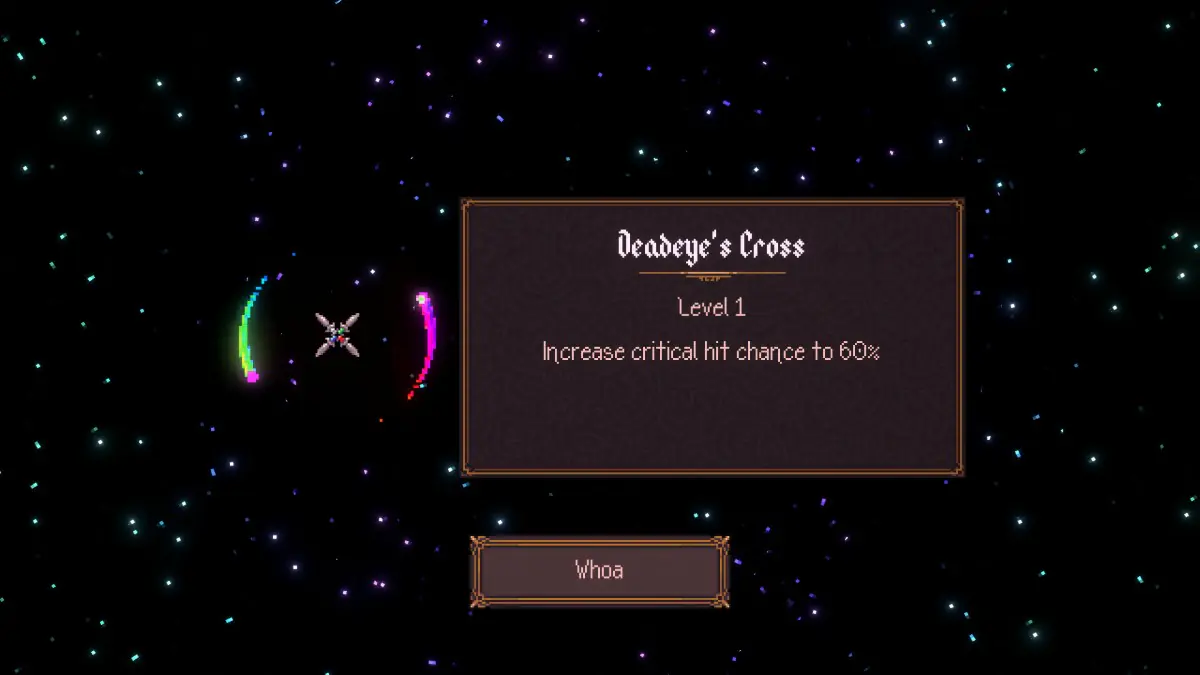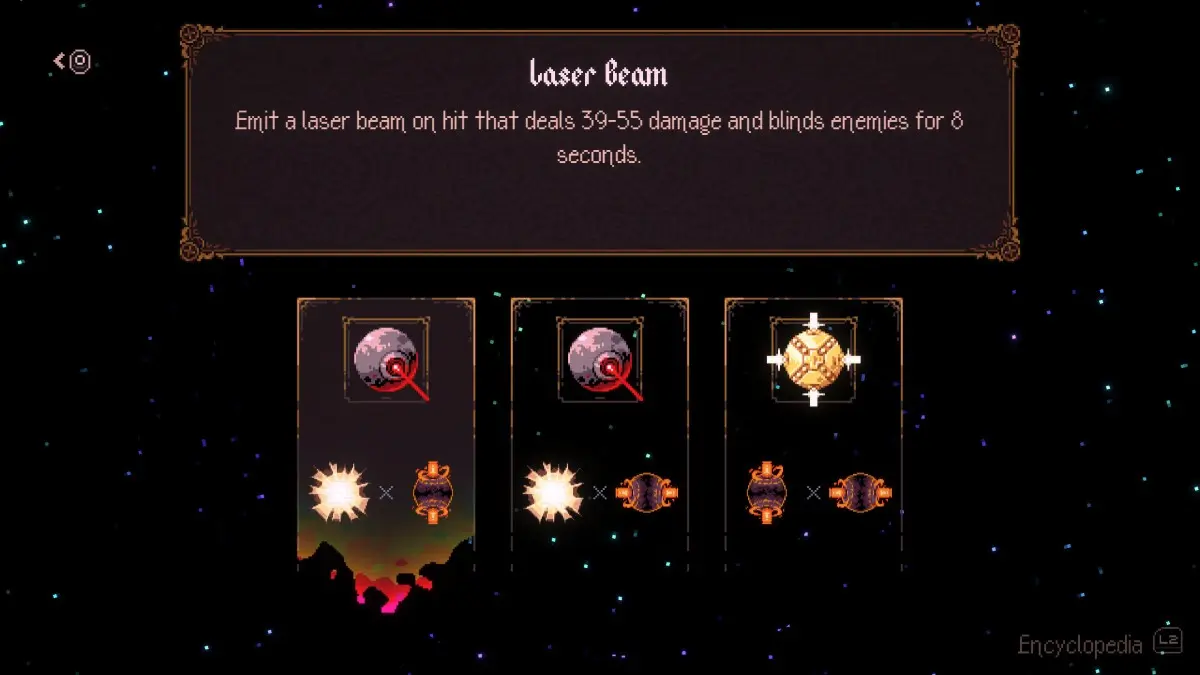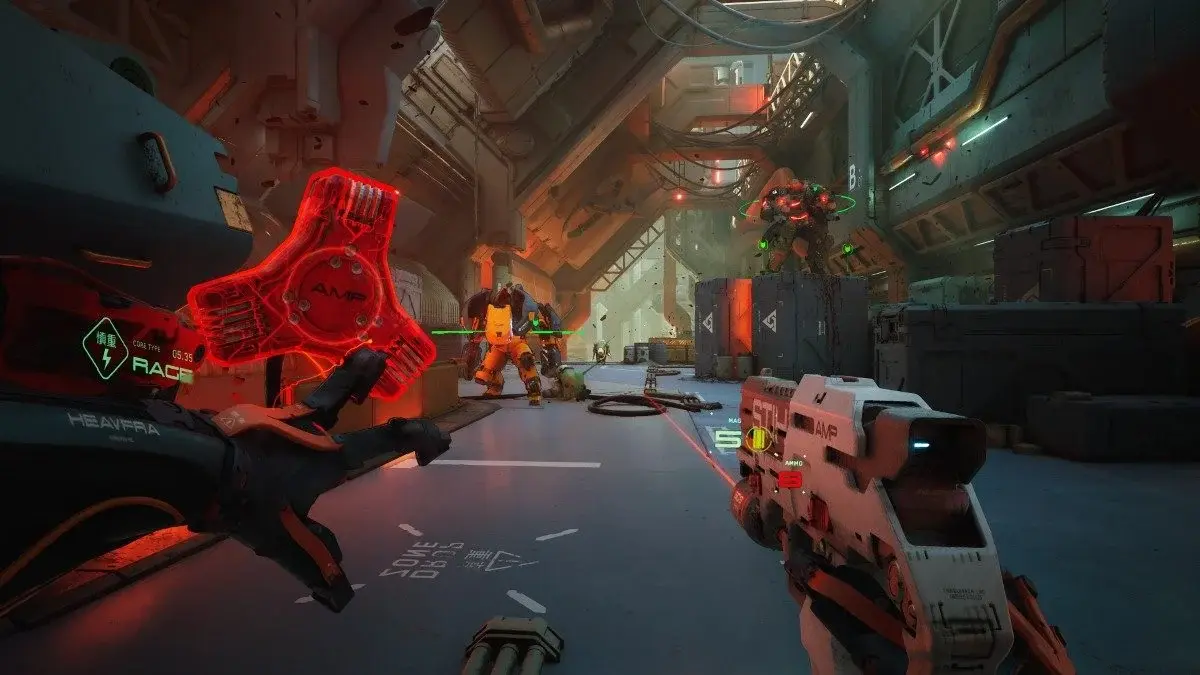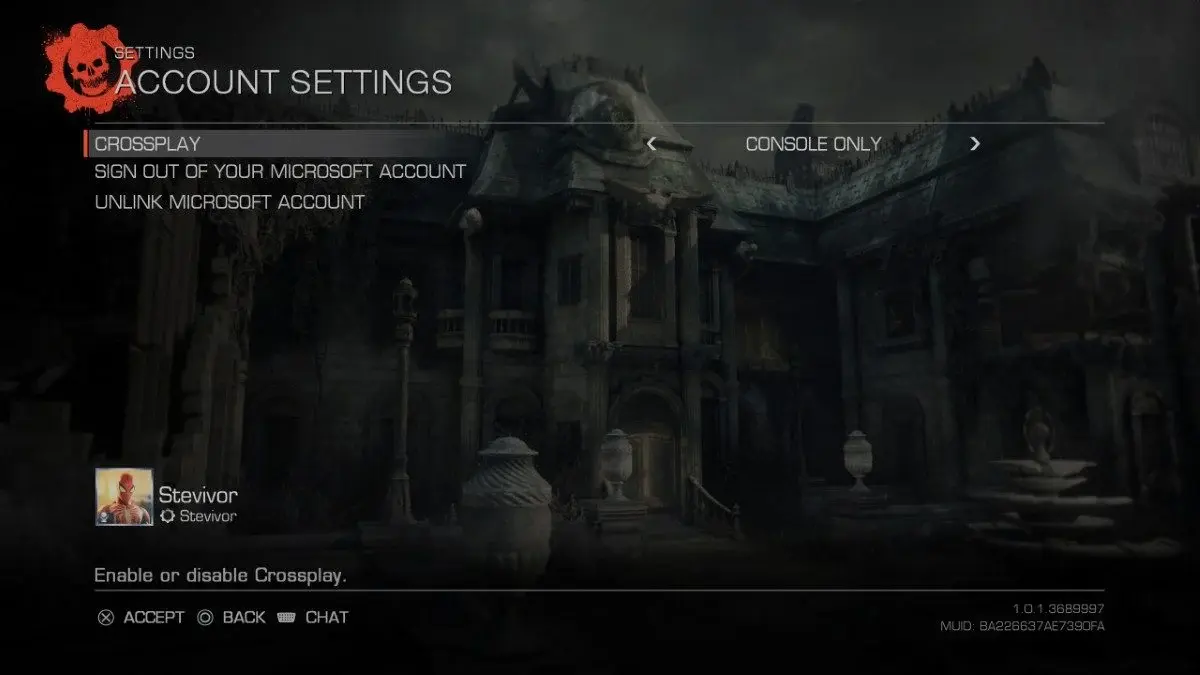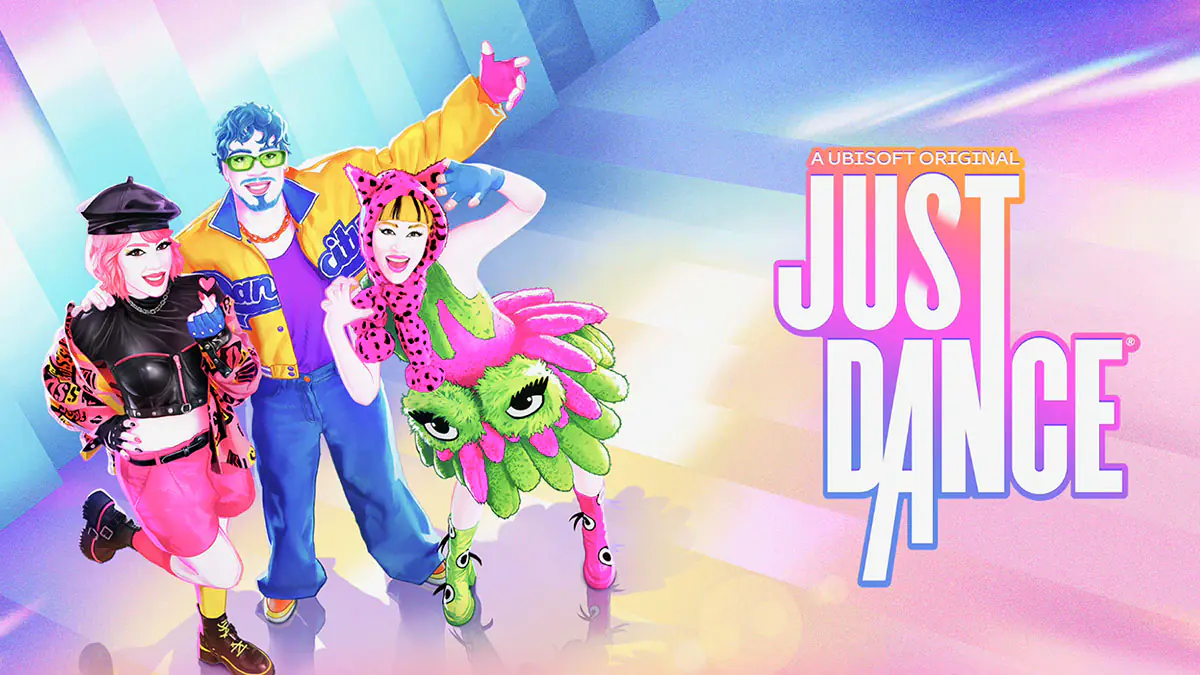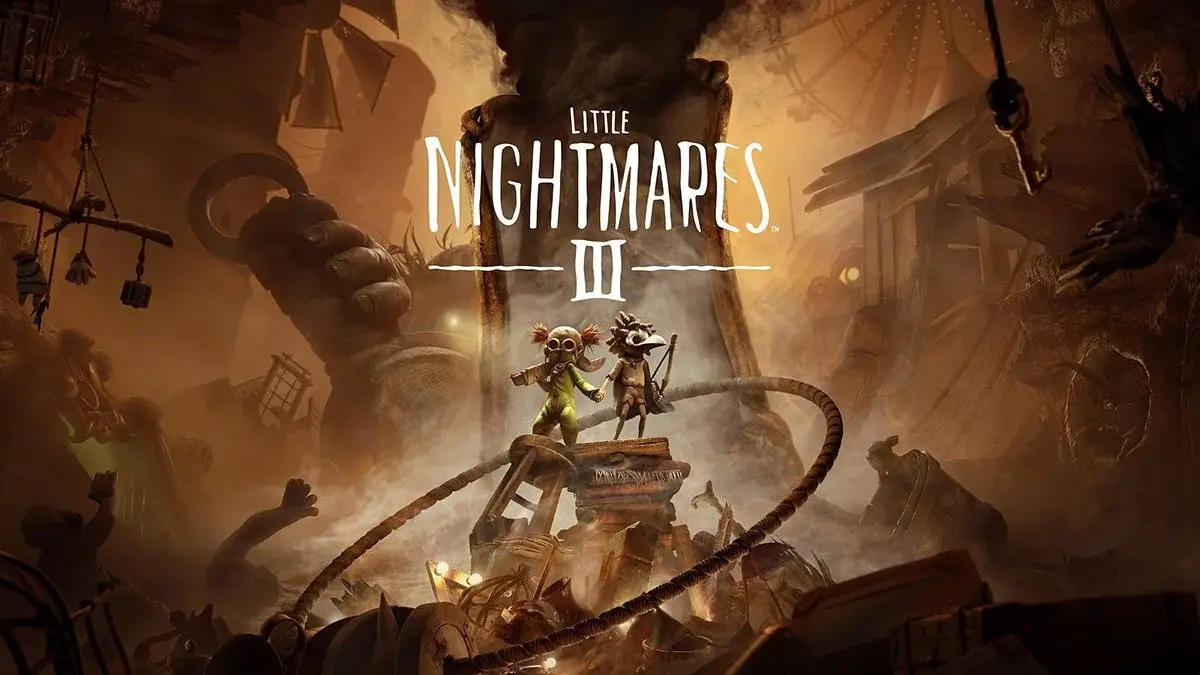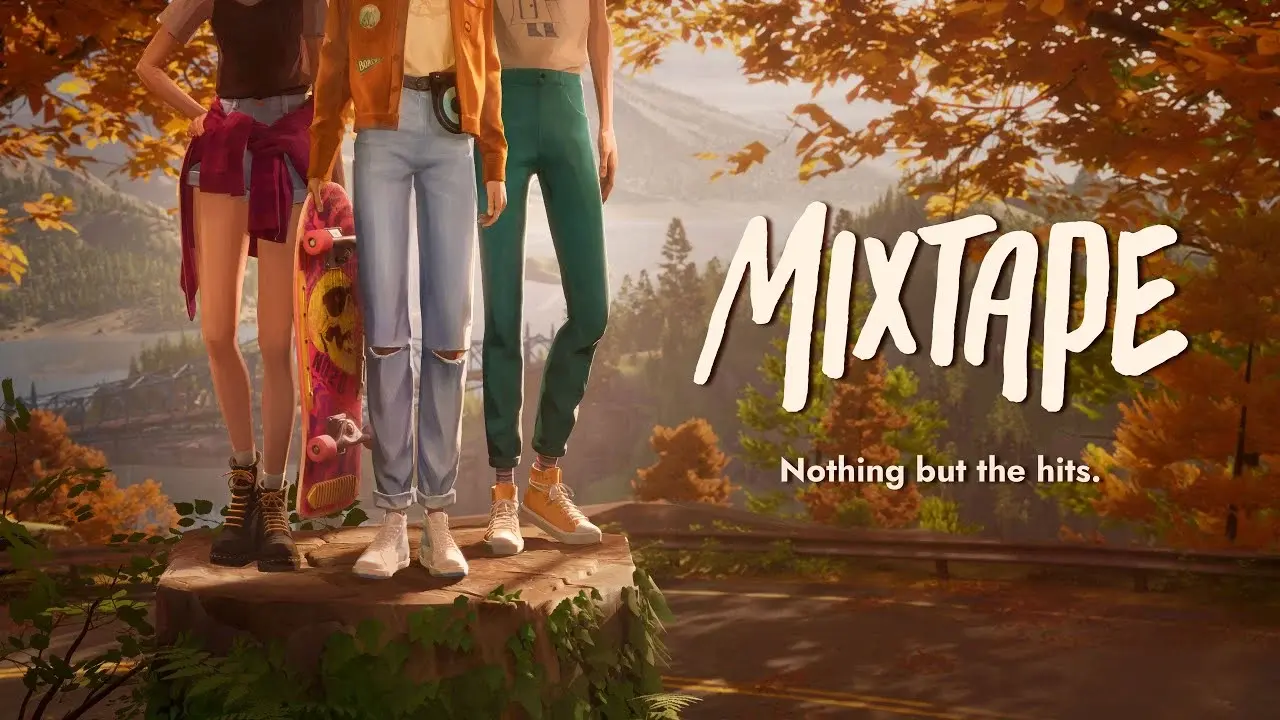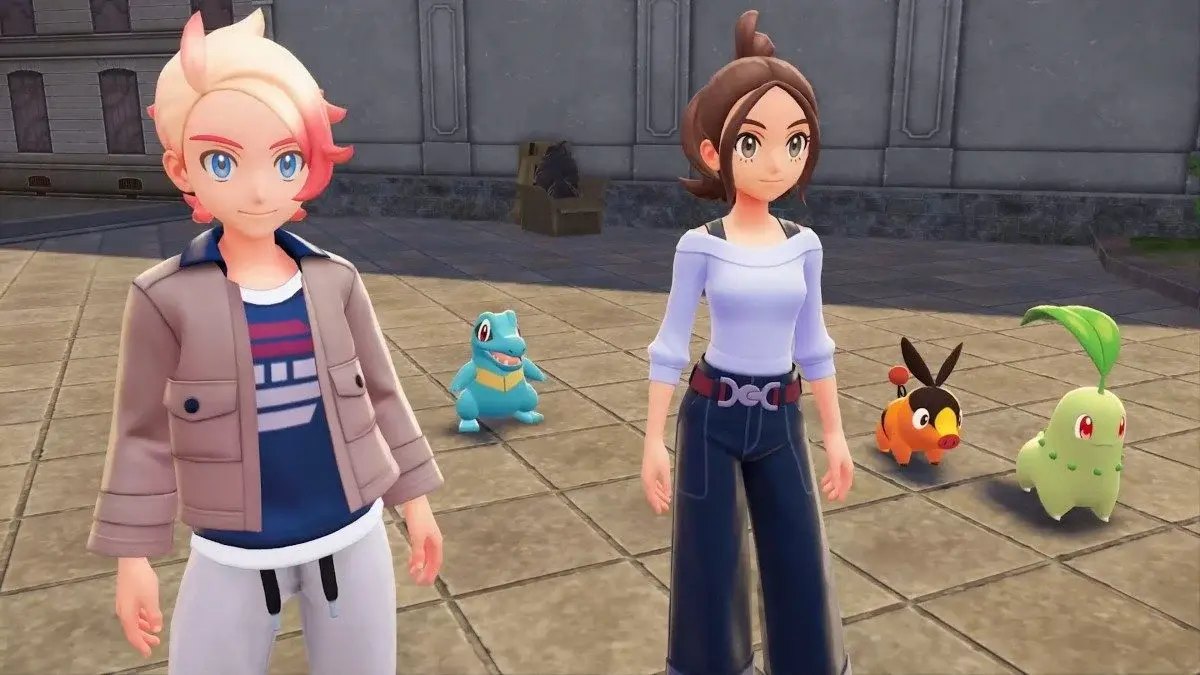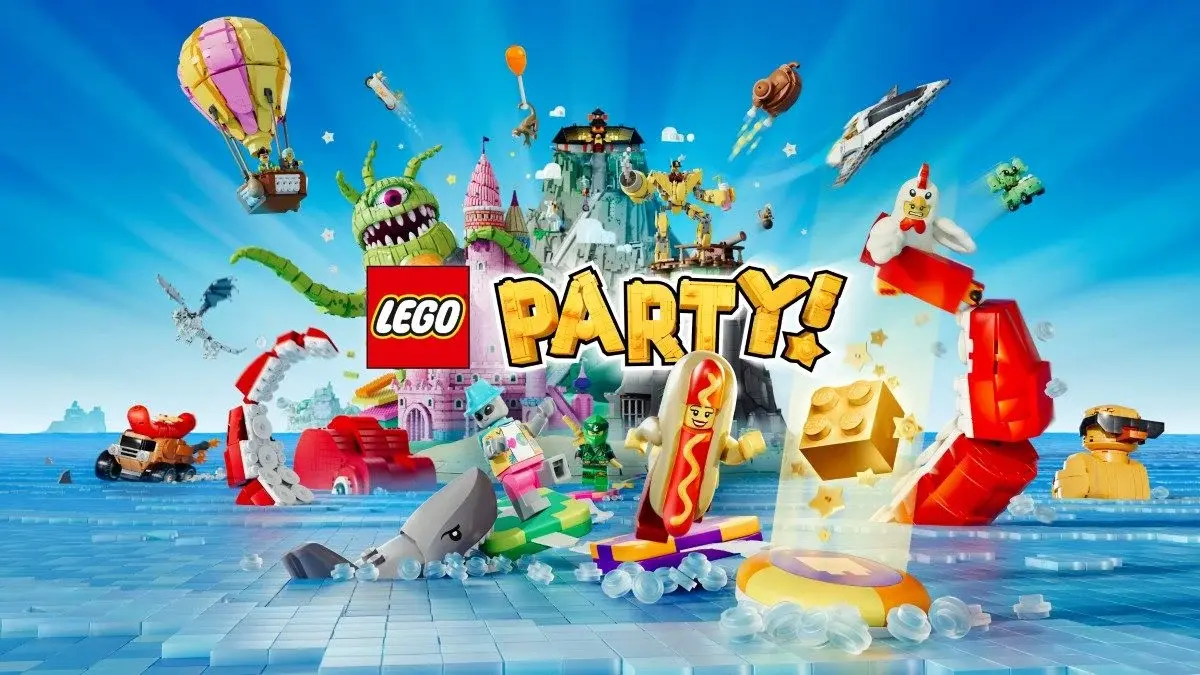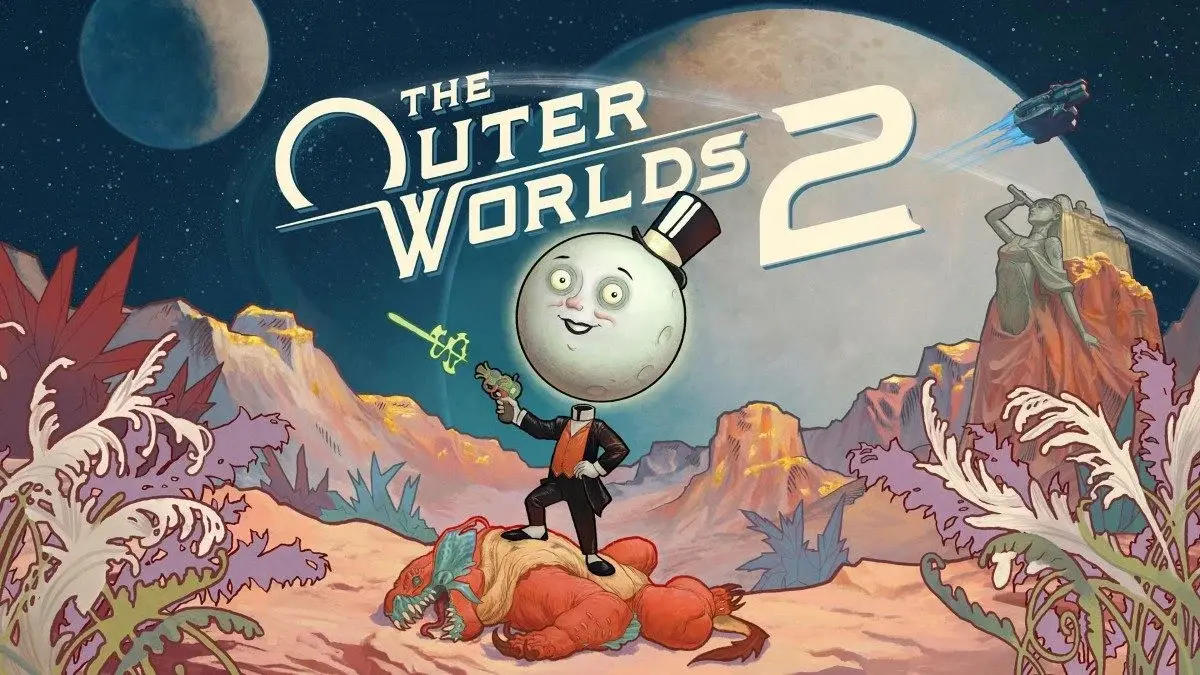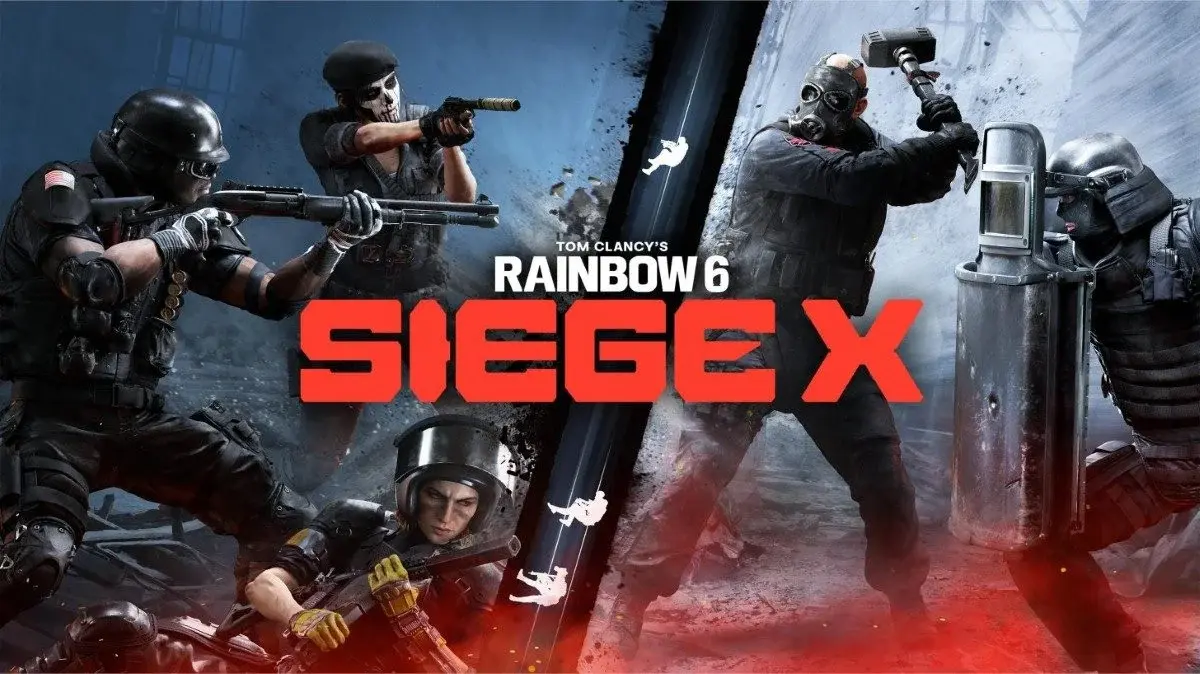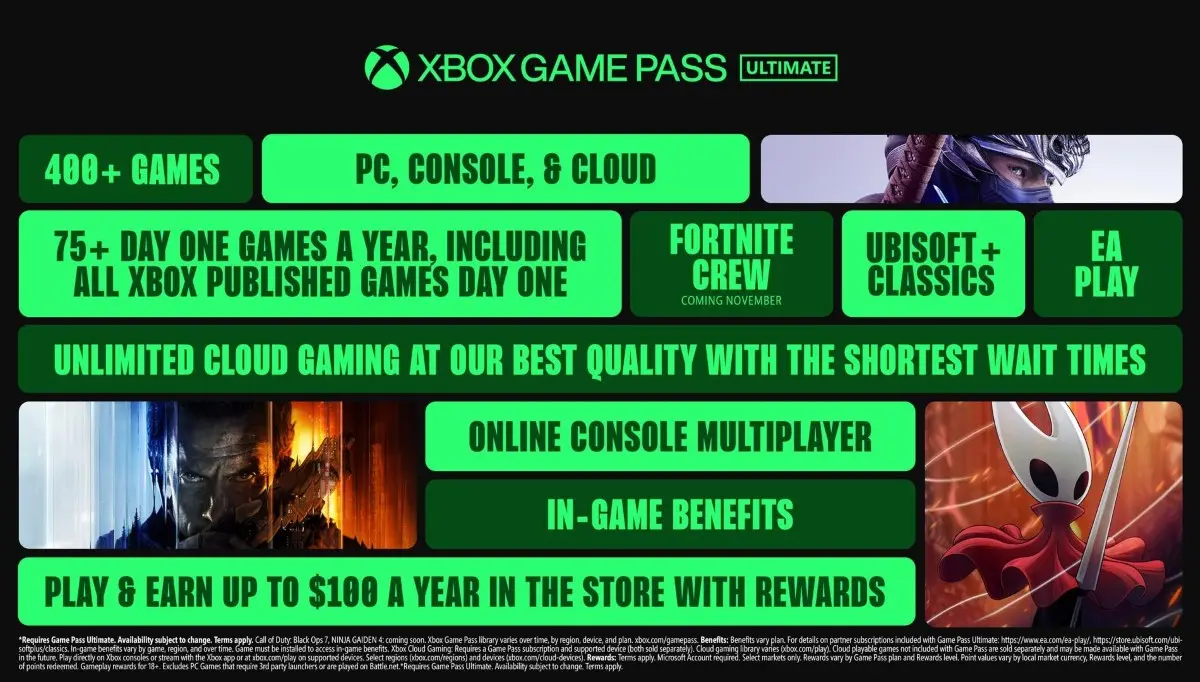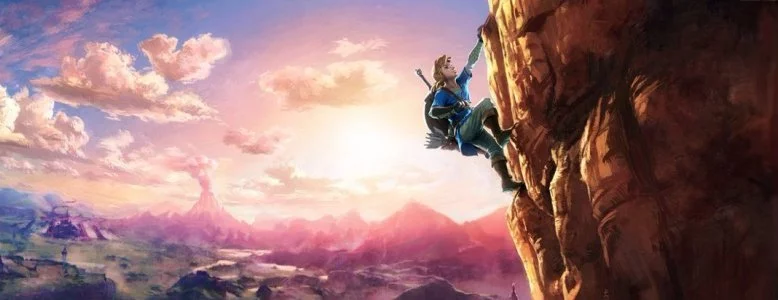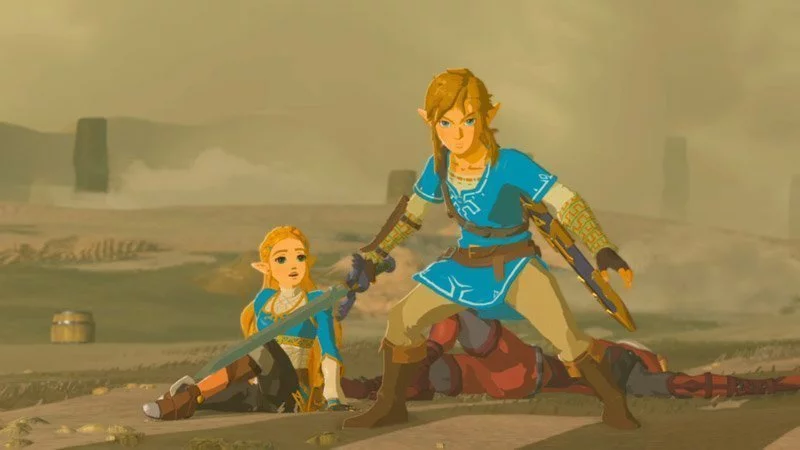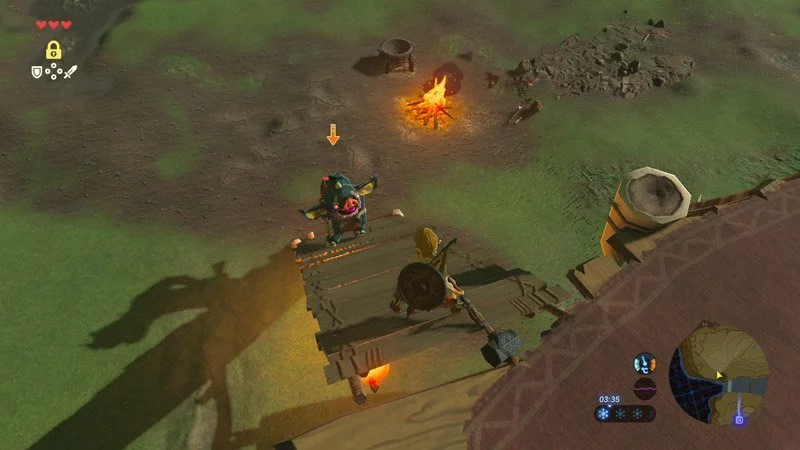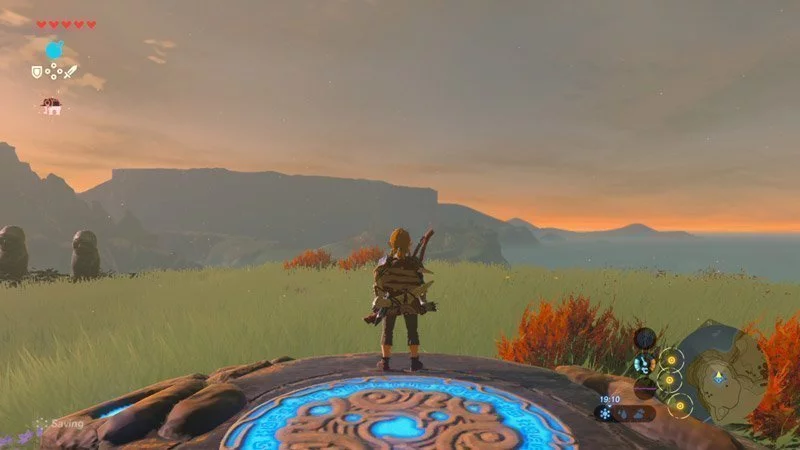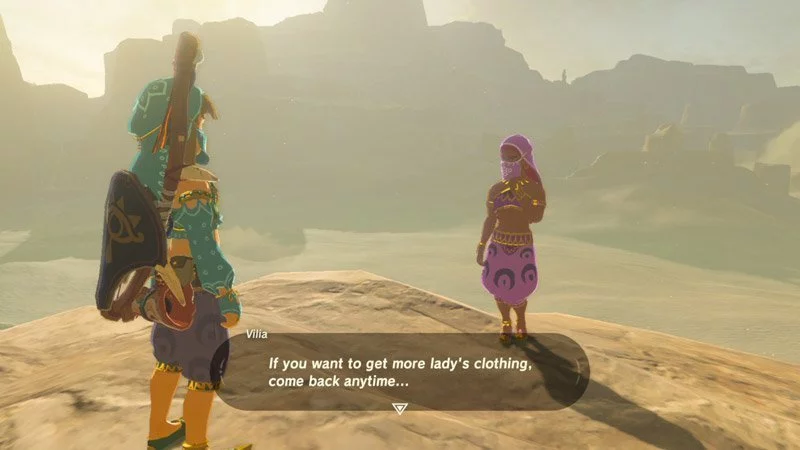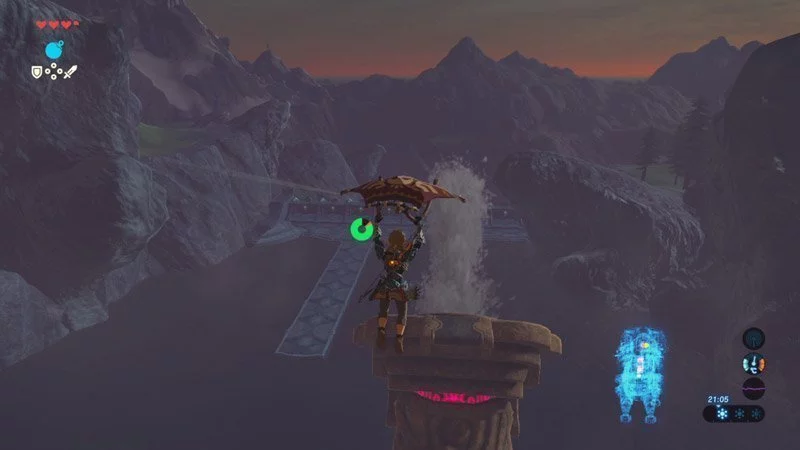Breath of the Wild is the complete revolution of The Legend of Zelda series I never knew I always wanted. Nintendo has broken away from the shackles of its prestigious history and crafted the modern action-RPG we never thought Zelda would become. It’s a disservice to simply label it spectacular, and “must buy” as a Switch launch title is merely a formality. Nintendo promised a lot and left us hanging delay after delay, culminating in a cross-gen farewell doubling as an introduction, but it’s delivered in every sense of the word. Breath of the Wild is the best in a series that’s scarcely disappointed.
Everything has changed. On the surface, Breath of the Wild resembles and captures the essence of The Legend of Zelda. But unlike those that came before it, stepping into the shoes of this incarnation of Link isn’t like riding a bike; it demands veteran fans relearn how to play. After a short instruction, BOTW thrusts you into a vast world that at first glance appears restrictive, but is actually wide open. There’s little direction, and after graduating from the tutorial segment, you’re left entirely up to your own devices to uncover the unconventional structure.
The new quest-based design is lifted straight from every JRPG ever made, but they don’t combine the nuance and frankly brilliance of Zelda’s iconic dungeon design with delightful combat. The rulebook has been entirely rewritten to allow players to approach main and side quests at their discretion, and yet there’s never a wavering of Zelda’s core identity – and yes, you can choose to skip the core 40 hours and run straight to fight Ganon, if you dare. It’d be extremely foolish, but even having the option adorn the Adventure Log resonates Nintendo’s dedication to the drastic overhaul.
The refreshed mechanics aren’t anything revolutionary in isolation. The inclusion of a jump button, the ability to climb, relying upon many melee and ranged weapons, a selection of dashing trousers, RPG-style stats and cooking food to restore XP have all been done before. But inject them into an open world rendition of Hyrule, and they transcend their apparent simplicity.
Breath of the Wild is by far the hardest Zelda game, certainly amongst the 3D console games, and putting nostalgia aside, it’s a fair assessment to say overall. While I enjoyed replaying Ocarina of Time, Majora’s Mask, The Wind Waker and Twilight Princess in their 3DS and Wii U remasters, the similarities between them are immense; with prior experience, you’re going through the motions. Joyful motions, but there’s nothing there you haven’t seen before. Breath of the Wild demands genuine respect. Not quite in the sense of Dark Souls’ brutal repercussions, you don’t lose anything for dying, but it will punish you for taking a lackadaisical approach and constantly remind you who’s boss. Expect to die in this Zelda game, expect to fail; and it will always be your fault for being careless or underprepared.
The predictable formula of finding items mid-dungeon, often making older items redundant, towards a charge to fight Ganon has been wiped clean. All the tools you need to complete Breath of the Wild are made available within the opening hour, which is the only segment that features a semblance of handholding. From the outset, Link has access to a range of shields, swords, spears and axes – anything that can be used to whack enemies, really – plus bows and arrows. After a dash of narrative, he unlocks four core abilities, and gains a hang glider to make traversing the enormous environment palatable.
Those abilities begin with the self-explanatory Remote Bomb. Magnesis, which allows Link to manipulate selected objects, and Stasis, which freezes time on one selected object and enables kinetic energy to push it in a desired direction, immediately join the selection. Cryonis, which generates climbable, ice platforms from bodies of water, rounds out Link’s mandatory repertoire. Of course, all of these can be enhanced, but you’ll have to seek out the opportunities. Barely anything in Breath of the Wild falls into your lap.
Having to deal with items constantly breaking takes some acclimatising, but once you’ve accepted the change, it evolves combat without detracting from its Z-targeting DNA. The customisation of assigning items to action buttons has been relegated to the history books. The D-Pad is given the task of cycling between melee weapons, of which Link now has many to choose from, and the Z buttons are used to aim and fire his range weapon. You’ll still lock onto enemies and either slash or shoot at them (or their giant eye), but limited durability forces you to adopt a variety of tactics. You won’t always have a sword to partner your shield, at least not a powerful one, so are forced to experiment with heavy two-handed weapons and the reach of long spears. What begins as a cycling by necessity, because the earliest weapons are feeble and break quickly, becomes second nature.
This has allowed Nintendo to rethink combat. Enemies no longer generate in predetermined patterns around the world. Instead they converge in small groups with strength in numbers. While some are stationed as lookouts, others will rest and some will have laid down their weapons to huddle by a campfire, giving Link an opportune moment to strike. There’s more variety in both types and the ability of foes, and many of them are aided by the changing weather conditions. As usual, deadlier enemies lurk at night, but some also benefit from electrically charged thunder storms, extreme heat or rainy conditions through Breath of the Wild‘s dynamic weather.
Having to cook elixirs and health packs sounds tedious, but it quickly assimilates and encourages exploring off the beaten path to stockpile rare inventory. I don’t normally bother with crafting potions or memorising ingredients in games if I can avoid it, I can’t really be bothered cooking in real life, but it’s actually enticing in Breath of the Wild. To be honest, I ignored it for about five hours, before finding how easy it is to toss a couple of items together to improve their effectiveness. Without any hearts hiding in tall grass or commoners’ pots, Link has to eat to replenish his health, but chowing down on apples and mushrooms will only get you so far.
I eventually investigated the culinary arts, not for health, but the stats boosts. While stronger enemies are a deterrence entering for some areas, Hyrule’s regions attempt to keep you at bay through the elements. Fire can keep you warm in the snow, but potions are much more effective at allowing Link to safely roam the extreme temperatures when he’s not yet dressed for the climate. They can also be used to improve his speed or enhance his defences against certain attacks, which proves extremely handy against flying electric buggers. Crafting food and potions is a winner in BOTW because it actually serves a purpose. It’s off-putting by nature, but as soon as you venture beyond that mindset, you’re instantly rewarded and encouraged to try more.
Quirky items goes hand-in-hand with exploration. Breath of the Wild wants you to explore its diverse landscape, and climb up as many cliff faces as possible. I got lost for hours wandering around areas that had nothing to do with any of my active main quests. I found a bunch of side quests, which are easily distinguished and totally optional, and some handy valuable loot I sold for a high price. Not all the trinkets, fancy materials and monster parts are used for dinner — it’s the easiest way to acquire Rupees, which are harder to come by, and thus actually prosper a monetary value. Link finally starts his quest with an appropriately sized wallet, and he needs it. Items are expensive in Hyrule, Rupees aren’t that easy to come by, and you’ll actually need to buy things. Zelda finally has a meaningful economy that makes you think twice before spending big.
All this is tiring work for our pointy-eared champion of legends, who is now dependent on a stamina meter, which means he can actually sprint. No more rolling around under the illusion of a speed boost. But it doesn’t last long. Until it’s been substantially upgraded, sprinting has to be confined to short bursts. The stamina meter is also used to fuel Link’s newfound athleticism to climb walls, trees and mountains with muscular prowess. It’s a restriction that ensures Link doesn’t morph into Nathan Drake, but allows unprecedented scope to explore newfound heights, which would otherwise be inaccessible. Naturally Epona, Link’s faithful horse, makes an appearance, plus he learns how to ride a few more creatures. But the easiest way to get around is through a combination of climbing and hand gliding. Incoming Zelda mechanics have often been confined by a strict timer, which is what makes the brilliant puzzles work. While climbing has become fashionable amongst action games, Breath of the Wild ensures it still behaves like a Zelda mechanic. But you do spend a lot of time staring at a rapidly depleting circular stamina meter in the middle of the screen, clinging to hope there’s enough remaining to reach the top of a cliff (there normally isn’t).
The wisdom of this overhauled items system is it enables players to explore the uncharted map with total independence. You’ll know when you waltz into an area sooner than you should – enemies will destroy you in one fell swoop – and others try and keep you at bay with extreme hot or cold temperatures, but these are all problems that can be solved, or avoided, whenever you like. There are optional shrines scattered through the land, which act as mini-dungeons utilising Link’s four core abilities. These reward you with spirit orbs, which can be exchanged for new heart or stamina containers.
By removing the shackles of linear item upgrades, they can be discovered and completed in any order. The puzzles are true to the exceptional quality we expect from Eiji Aonuma’s Zelda team. Almost all are fun to figure out, and provide the illusive sense of ingenuity when you arrive at the logical conclusion, which so many games struggle to provide. My only fault with the puzzle and dungeon design in Breath of the Wild, both shrines and full size dungeons, is the mandatory motion control puzzles. As you would expect, these suck, and are clearly a relic from the Wii U GamePad origins. Trying to manoeuvre a ball through a maze is painful using the motion sensing capabilities of the Pro Controller, for which they clearly weren’t designed. It’s a little better using the Switch in handheld mode, but then the screen you’re trying to look at is purposely pushed outside your field of vision. There is no option to control these using a control stick, but fortunately they’re irregular, and the other motion controls, used for aiming, can be disabled entirely.
Breath of the Wild is a gorgeous game to behold, but it’s a cross-gen one. Even playing on Switch, it feels like a game pushing hardware to its limitations at the end of its life. The vibrant art style is stunning to behold on the Switch’s fantastic 720p screen, and it’s how Breath of the Wild is best played. Bumped to 900p when docked to a TV, it’s clear why Nintendo couldn’t get it running at the preferred 1080p. Sprinting through tall grass and rain, there are noticeable frame rate drops in TV mode; whereas Breath of the Wild runs smoothly during the same sections in handheld mode. In fact, I never noticed any slowdown when playing in handheld mode. While the scope of Breath of the Wild, and its pretty art style, deserve to be witnessed on a big screen TV with the added comfort of a Pro Controller, there’s no doubt this was always intended to be a 720p game, and is perhaps a sign Switch hardware mightn’t be capable of running intensive games in full HD.
Simply put, The Legend of Zelda: Breath of the Wild is the best launch title I’ve ever played. It’s captivated me more than any game with a system launch, and it’s rocketed straight into number one on my all-time favourite Zelda games. You could play it on Wii U, where it’s still a fantastic game — clearly the best on the console. But it’s that little bit more special to have such an amazing, massive game on a handheld system. Wherever you play, The Legend of Zelda: Breath of the Wild was worth the wait.
 |
|
The good
|
The bad
|
The Legend of Zelda: Breath of the Wild was reviewed using a retail game card on Nintendo Switch, as provided by the publisher. Click here to learn more about Stevivor’s scoring scale.
This article may contain affiliate links, meaning we could earn a small commission if you click-through and make a purchase. Stevivor is an independent outlet and our journalism is in no way influenced by any advertiser or commercial initiative.

